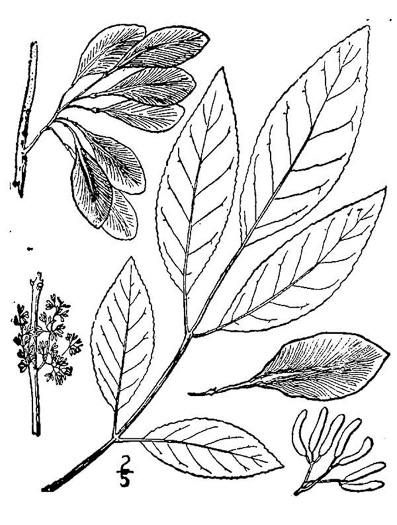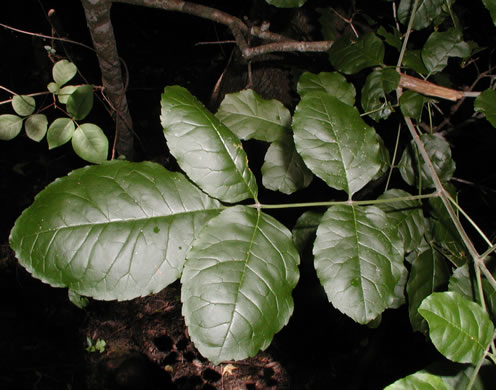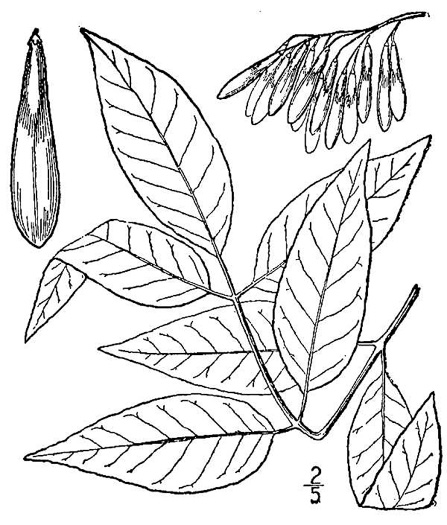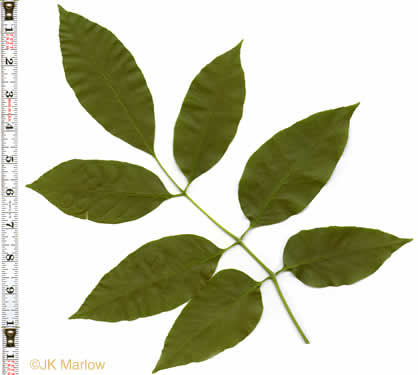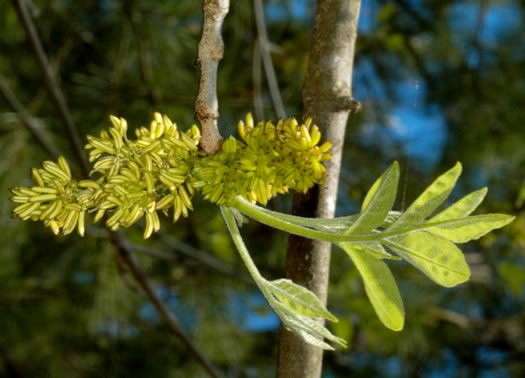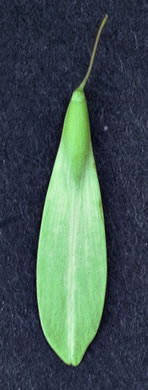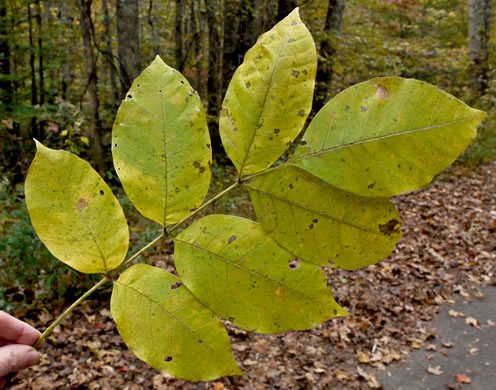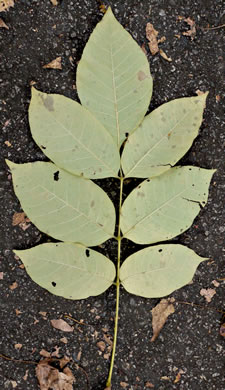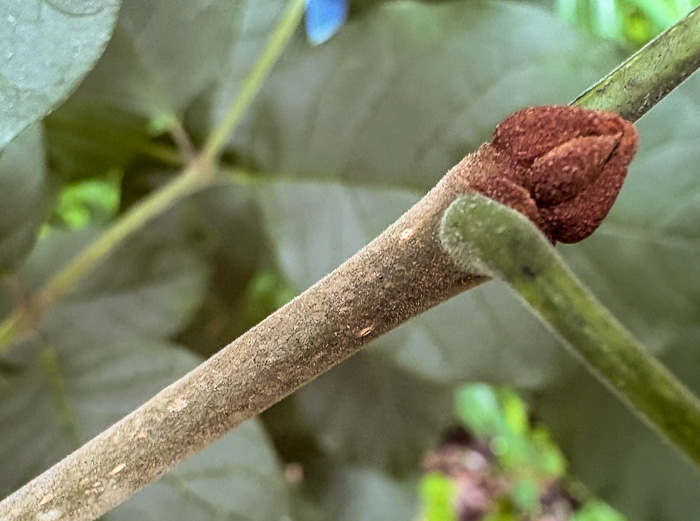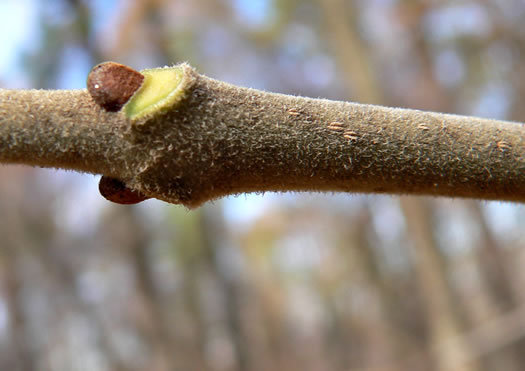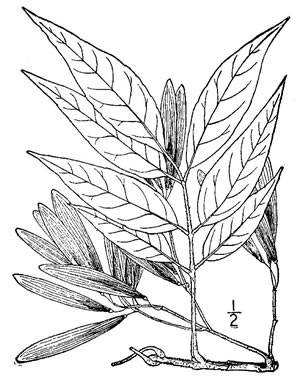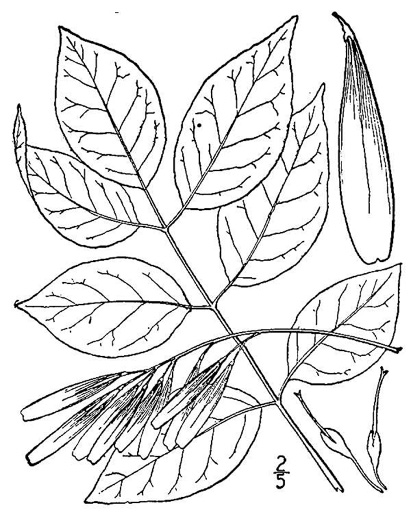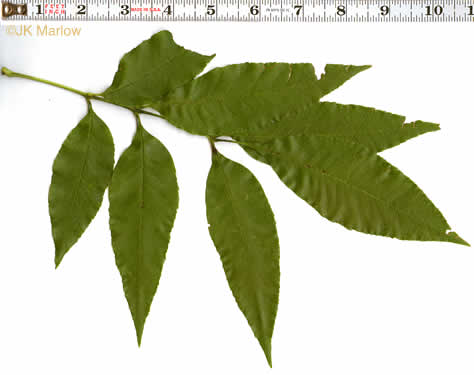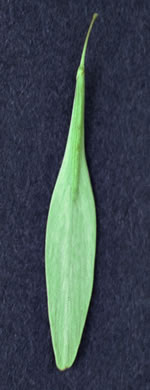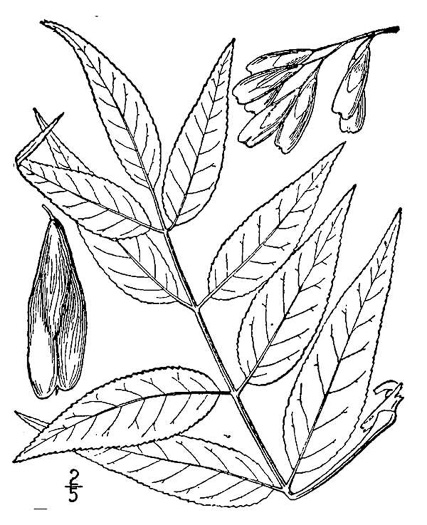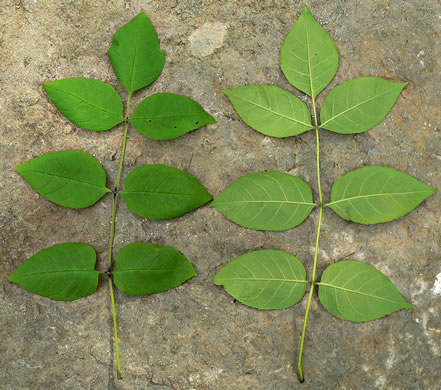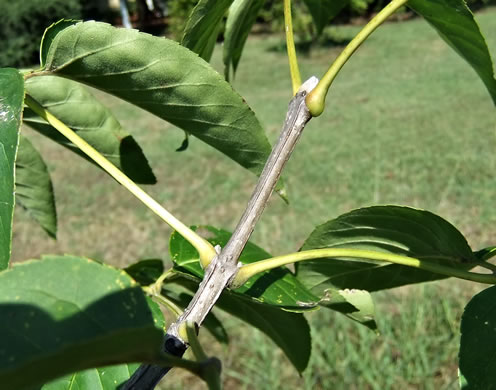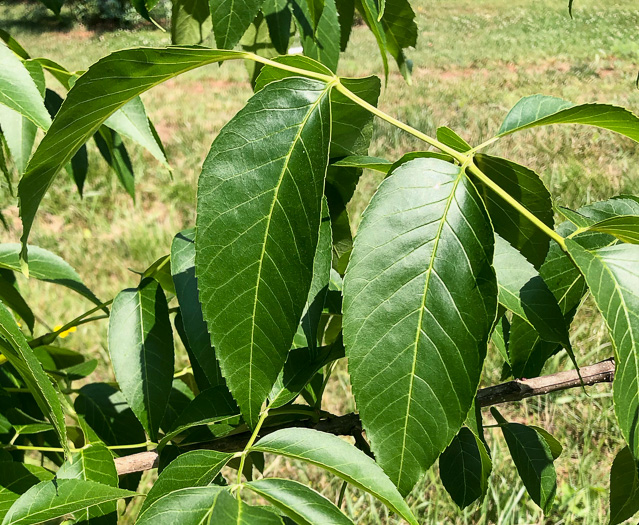Hovering over an image will enlarge it and point out features (works better on desktop than on mobile).
![]() A camera indicates there are pictures.
A camera indicates there are pictures.
![]() A speaker indicates that a botanical name is pronounced.
A speaker indicates that a botanical name is pronounced.
![]() A plus sign after a Latin name indicates that the species is further divided into varieties or subspecies.
A plus sign after a Latin name indicates that the species is further divided into varieties or subspecies.
Most habitat and range descriptions were obtained from Weakley's Flora.
Your search found 6 taxa.
Clicking ![]() one takes you to more information and/or pictures.
one takes you to more information and/or pictures.

![]() Common Name:
Carolina Ash, Water Ash, Pop Ash
Common Name:
Carolina Ash, Water Ash, Pop Ash
Weakley's Flora: (4/24/22) Fraxinus caroliniana FAMILY: Oleaceae
SYNONYMOUS WITH PLANTS National Database: Fraxinus caroliniana FAMILY: Oleaceae
SYNONYMOUS WITH Vascular Flora of the Carolinas (Radford, Ahles, & Bell, 1968): Fraxinus caroliniana 153-01-001 FAMILY: Oleaceae
Habitat: Deeply to shallowly flooded swamps, both alluvial and tidal
Common in Coastal Plain (rare in Piedmont)
Native to the Carolinas & Georgia

![]()
![]() Common Name:
White Ash, American Ash
Common Name:
White Ash, American Ash
Weakley's Flora: (4/24/22) Fraxinus americana FAMILY: Oleaceae
INCLUDED WITHIN PLANTS National Database: Fraxinus americana FAMILY: Oleaceae
INCLUDED WITHIN Vascular Flora of the Carolinas (Radford, Ahles, & Bell, 1968): Fraxinus americana var. americana 153-01-002a FAMILY: Oleaceae
Habitat: Mesic slopes, rich cove forests
Common (rare in Coastal Plain)
Native to the Carolinas & Georgia

![]()
![]() Common Name:
Biltmore Ash, Biltmore White Ash
Common Name:
Biltmore Ash, Biltmore White Ash
Weakley's Flora: (4/24/22) Fraxinus biltmoreana FAMILY: Oleaceae
INCLUDED WITHIN PLANTS National Database: Fraxinus americana FAMILY: Oleaceae
SYNONYMOUS WITH Vascular Flora of the Carolinas (Radford, Ahles, & Bell, 1968): Fraxinus americana var. biltmoreana 153-01-002b FAMILY: Oleaceae
Habitat: Mesic slopes, rich cove forests, dry calcareous or mafic glades and woodlands (with Juniperus virginiana and Carya glabra), calcareous hammocks
Common (rare in Coastal Plain)
Native to the Carolinas & Georgia

Common Name: Pumpkin Ash
Weakley's Flora: (4/24/22) Fraxinus profunda FAMILY: Oleaceae
SYNONYMOUS WITH PLANTS National Database: Fraxinus profunda FAMILY: Oleaceae
SYNONYMOUS WITH Vascular Flora of the Carolinas (Radford, Ahles, & Bell, 1968): Fraxinus tomentosa 153-01-003 FAMILY: Oleaceae
Habitat: Swamps, especially along blackwater rivers and streams and in freshwater tidal wetlands (as along the James, Pamunkey, Mattaponi, and Rappahannock rivers in e. VA), also in brownwater bottomlands; common (rare in Piedmont and Mountains)
Common in Carolina Coastal Plain (rare elsewhere in GA-NC-SC)
Native to the Carolinas & Georgia

![]()
![]() Common Name:
Green Ash, Red Ash
Common Name:
Green Ash, Red Ash
Weakley's Flora: (4/24/22) Fraxinus pennsylvanica FAMILY: Oleaceae
SYNONYMOUS WITH PLANTS National Database: Fraxinus pennsylvanica FAMILY: Oleaceae
INCLUDING Vascular Flora of the Carolinas (Radford, Ahles, & Bell, 1968): Fraxinus pennsylvanica + 153-01-004 FAMILY: Oleaceae
Habitat: Bottomlands and swamps, especially along brownwater rivers and streams, rarely on mesic upland disturbed sites
Common
Native to the Carolinas & Georgia

![]()
![]() Common Name:
Blue Ash
Common Name:
Blue Ash
Weakley's Flora: (4/24/22) Fraxinus quadrangulata FAMILY: Oleaceae
SYNONYMOUS WITH PLANTS National Database: Fraxinus quadrangulata FAMILY: Oleaceae
Habitat: Mesic to dry calcareous woodlands and forests
Rare
Native to Georgia
Your search found 6 taxa. You are on page PAGE 1 out of 1 pages.

